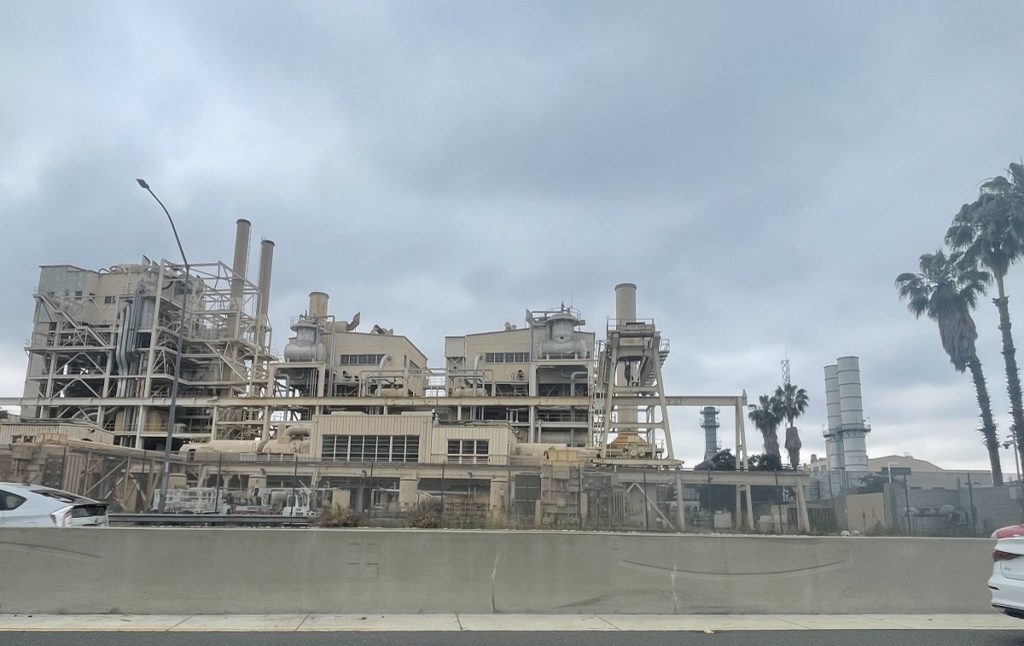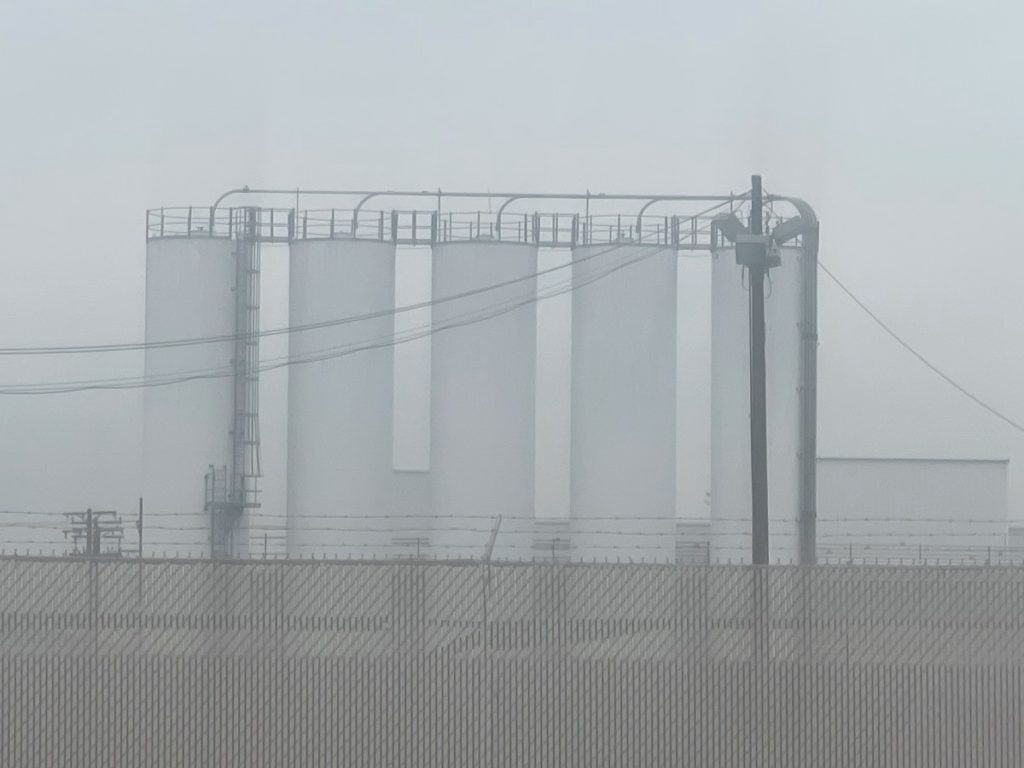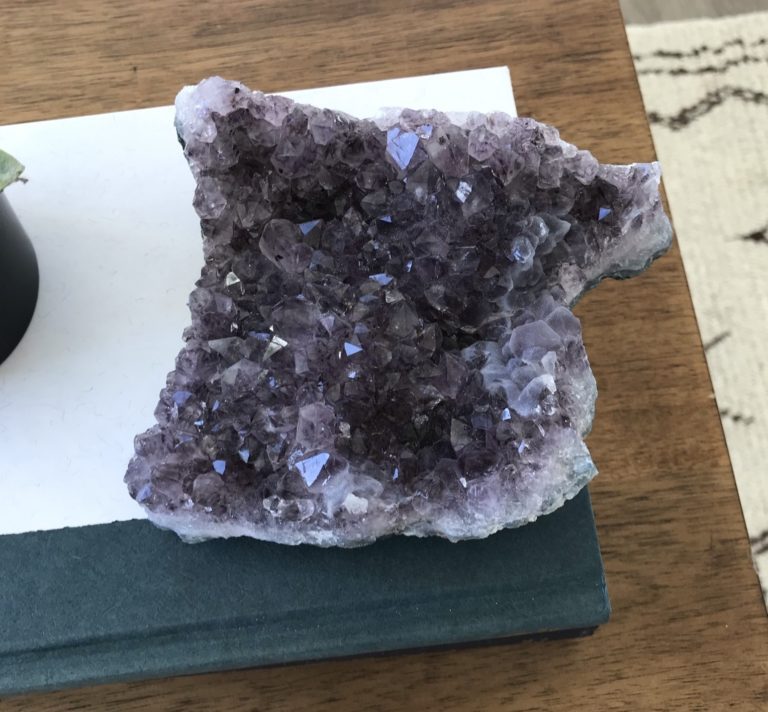Geothermal Energy
Geothermal energy involves harnessing natural volcanic heat within the Earth’s crust and converting it to electricity aboveground. The “heat beneath our feet” comes from groundwater aquifer systems that flow near molten rock. And the high-temperature groundwater runs through a series of expansion tanks and power turbines to generate electricity. Updated June 3, 2023.

Energy Goals for Geothermal Heat
Geothermal energy is a sustainable and eco-friendly form of renewable power generation. It harnesses natural heat sources underground and generates power by mode of heat transfer. Most geothermal energy originates within the Earth’s mantle. But the heat from the mantel occurs far below depths of feasibility. Alternatively, there are shallower geothermal energy sources within the Earth’s crust. For instance, areas near high-friction plate-tectonic activity, or volcanism. This is where molten rock rises to shallower depths, and is within reach for tapping into.
Geothermal Energy on Mars
As of the year 2023, geologists hypothesize most of the geologic substructures on the planet Mars are similar to Earth’s. This includes sedimentary and metamorphic rocks within the crust, as well as volcanic and plutonic forms of igneous rock. As such, it is reasonable to presume plate-tectonics and geothermal activity exists on Mars as well. And could provide a future source of energy for humans on the red planet.
Sources of Geothermal Energy
There are numerous steps to the geothermal plant process. Ranging from initial research, to design, application, and maintenance, geothermal power plans require an abundance of funding, government support, and environmental compliance.
Scientific Research
First, geologists extensively study a geothermal field by drilling pilot wells. The scientific objective is to delineate the lateral and vertical extent of the area’s geology and hydrogeology. In essence, dry and low-temperature formations lack any economic significance. Additionally, the target formation must have adequate volume, porosity, and permeability to retain and transmit large amounts of groundwater. Ideally, geologists favor high-temperature and high-pressure formations(vapor-dominated hydrothermal systems).
Geothermal Well Design and Installation
Next, geologists design and drill geothermal wells that tap into high-pressure and high-temperature geologic formations. These extraction well locations must have a feasible drilling depth, which generally ranges between 1 and 5 miles deep. Moreover, well materials and mechanical fixtures must be able to withstand the natural elements and harsh geological conditions.
Geothermal Extraction
A sufficient amount of high-temperature and high-pressure groundwater is necessary to generate electricity at the power plant. Here, mechanical engineers require geologists to provide sufficient volumes of groundwater from the hydrothermal aquifer. Such water flows to temporary storage within expansion tanks, in order to activate turbine generators. Alternatively, in a vapor-dominant hydrothermal system, the injection water directly displaces aquifer pressure. This pushes the offset steam directly into the geothermal well and rotates the turbines without an expansion tank. In both scenarios, any remaining water is recirculated using injection wells. This ensures environmental compliance and a continuous supply of steam.
Energy Production
Once on the surface, the steam and hot water undergo separation, with the steam propelling a turbine. These turbines operate in unison with electricity generators.
Effluent Injection
In a geothermal energy system, the inclusion of an injection well is necessary to continue powerplant operations indefinitely. These injection wells serve as an effluent water storage point, whereby the cooled-down water gets recycled back into the confined aquifer. As a result, this water raises back to its original high temperatures from the volcanic activity. In turn, it recirculates through the aquifer and extraction well, contributing back to the geothermal process.

Discovering Geothermal Sources
Throughout history, people possess an awareness of geothermal activity on the Earth’s surface. For instance, since ancient times humans value natural hot springs, using the nearly boiling water for bathing, as well as daily tasks such as cooking and washing. The use of hot springs for bathing has occurred for centuries. Subsequently, in 1904, Prince Piero Ginori Conti introduced the world’s inaugural geothermal power plant at the Larderello Dry Steam Field in Tuscany, Italy. Geothermal energy made its debut in the United States in 1926, with the drilling of a 1,000-foot well in Boise, Idaho. And this geothermal well installation was purposed for a commercial greenhouse.
Where is the Energy Source?
Currently, the United States holds the foremost position as the world’s leading producer of geothermal energy. In fact, the majority of geothermal power plants within the country are located in California. For instance, Warren Buffet’s Berkshire Hathaway Renewables operates geothermal plants in Imperial County, California, south of the Salton Sea geothermal field. Particularly notable is The Geysers geothermal field, the largest geothermal energy production site in the United States. This field, in the Mayacamas Mountains, north of San Francisco, comprises 18 active power plants.
There are 41 operational plants in California alone, contributing to over 70% of the nation’s total geothermal production.
Geothermal Energy in 2023
Current estimates indicate that the United States possesses a plentiful supply of geothermal energy, holding the capacity to meet the energy requirements of the entire world. Nonetheless, in order to tap into this vast potential, it is imperative to enhance the efficiency of geothermal power development and bolster production. In pursuit of this goal, the U.S. Department of Energy (DOE) has initiated a program with the objective of reducing the overall cost of geothermal systems by 90% prior to 2035. As the nation’s largest energy consumer, the U.S. government pledges to embrace geothermal energy as a crucial component to transition towards sustainable and environmentally friendly renewable energy sources.
Authors:
Written By: Michael J. Sabo, Adam Azad Kaligi




